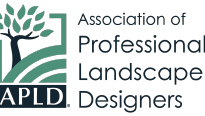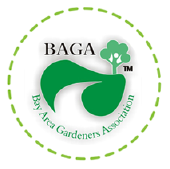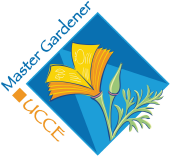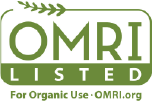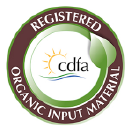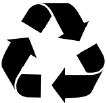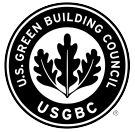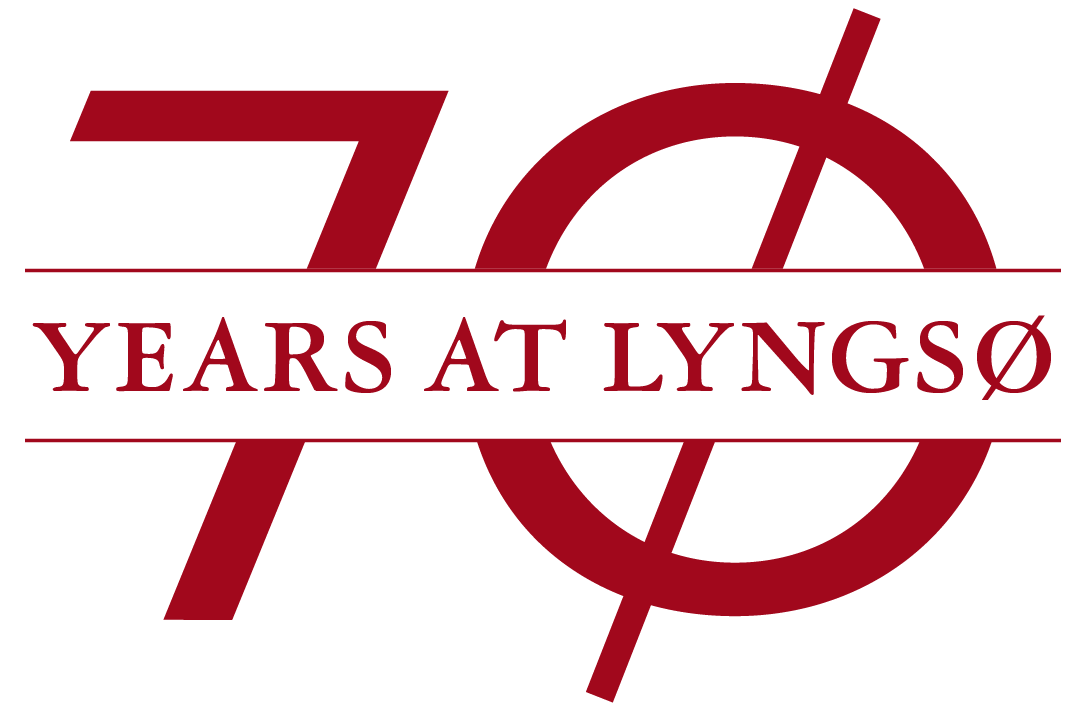So you’ve got a green thumb, but you don’t exactly live in an ample space or have a backyard conducive for outdoor gardening. Of course, it is possible to grow delightful plants and flowers or delicious edibles like herbs and veggies year-round in containers and pots, and it’s far simpler and much easier to maintain due to the lack of weeds and pests.
If you rent instead of own a home or are thinking about moving soon, potted plants are far easier to transport. Additionally, it is easy to cater to each plant’s unique needs and soil conditions in a container or pot and impossible in an outdoor garden.
You might not be able to have a sprawling backyard garden you’ve always dreamed of. Still, you can learn how to become a roof, window sill, or balcony gardener, which is the perfect first step for beginners in gardening!
Read on to learn more about:
- How to get started with container gardening
- What are the best containers and pots for container gardening
- What is the best potting soil
- What to grow in your container garden
Where to Start With Container Gardening
Whether it’s a window sill, a wall, a roof, a balcony, or a room with lots of natural light, the first thing is to decide where you have the space or can make space.
To be successful with container gardening and reap the fruits of your labor, you will need to be realistic about which plants you can grow based on sunlight and their care, such as feeding and watering during the growing months. Since container plants don’t have a water and nutrient source to reach the ground, they need to be manually replenished.
As far as sunlight goes, south or west-facing spots are best suited for plants that need full sun, such as tomatoes, lettuce, basil, or dill. A shaded space will be best for plants such as Begonias, swiss chard, radishes, thyme, and oregano. The beauty of a container garden is that the pots can be moved around to suit the plants’ needs.
Best Containers and Pots
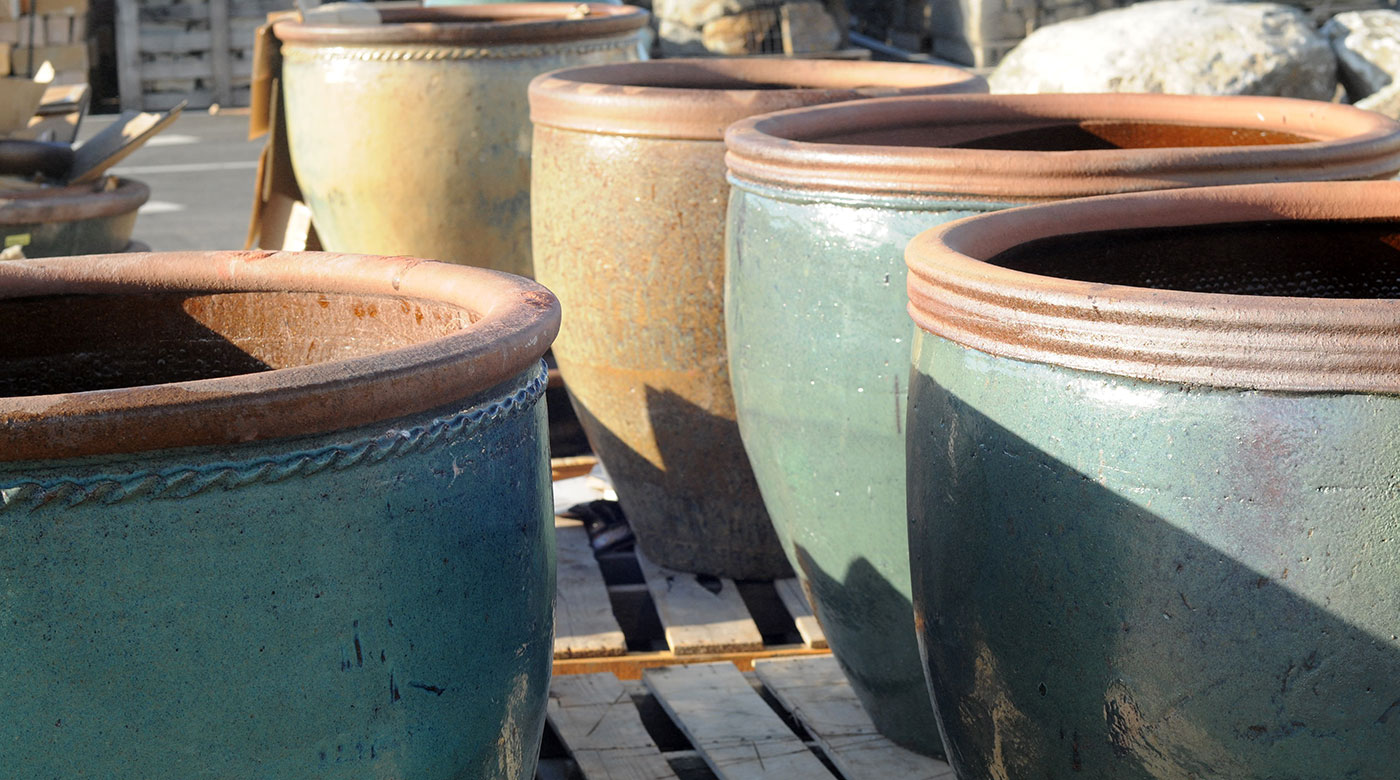
With the vast array of garden containers on the market, sizes and styles are available for every space. When deciding on the best containers or pots, keep in mind your overall desired aesthetic and the needs of your plants.
You can keep costs down and go with a vintage look by opting for used containers such as old metal buckets, bulk food containers, drainage pipes, oil cans, and glass jugs. But feel free to get creative!
Remember to clean them thoroughly and cut drainage holes in the bottom so your plants don’t get waterlogged. If you buy any metal containers, keep in mind that it conducts heat very quickly and will be better suited for shady spots.
You can find natural elements such as [reclaimed] wood if you like the rustic look. These raw materials will ensure the plant roots stay at an even temperature. Just be sure to choose rot-resistant wood such as cedar or juniper to ensure they are long-lasting.
When it comes to size, we suggest opting for the larger containers because they can hold more moisture, so you won’t have to water them as often – another win for low-maintenance gardening!
For statement pieces, try planting in a beautiful handmade Earthenware pottery.
Of course, keep in mind the space you have available, but larger containers will also provide space for roots to grow (especially good for fruits or vegetables), mitigate temperature fluctuations, and space to add more nutrients to the soil.
Save the small pots, window sill containers, or hanging planters for herbs or succulents if you wish to grow those.
Best Potting Soil for Container Gardening
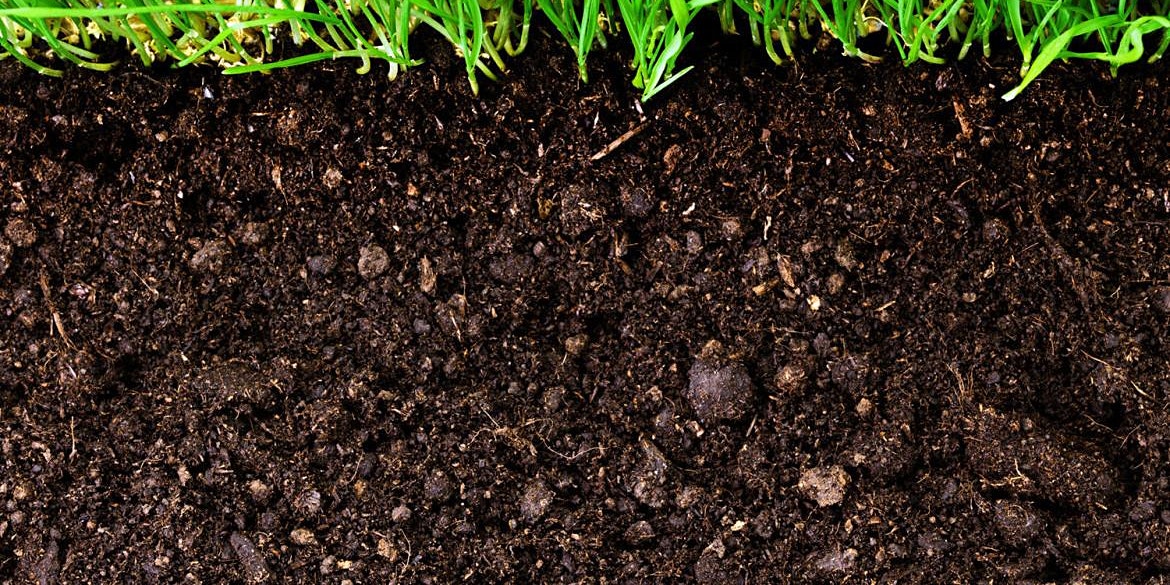
Do some research for each plant you desire to add to your container garden when in doubt. Some may have drastically different needs than others.
Here at Lyngso, we have a variety of soil for pots along with wonderful blends such as our Potting Mix, which consists of Sandy Loam soil, 5/16″ Horticulture Lava, Coarse Sand, Organic Diestel Compost, Organic Garden Compost, 1/4″-Fir Bark, Ligna Peat, Organic Feather Meal and Organic Fish Bone Meal.
This potting mix can also be used as a soil amendment to aerate and retain water within the soil. Spread it 2-3 inches over the planting bed and mix it with the existing soil. This mix can also be used for California native plants.
Another option is our Essential Soil, an all-natural mix engineered to resist compaction, has excellent water penetration and good aeration. This blend will also support rapid root growth in soil for planters. In addition, Essential Soil is an ideal soil for vegetables and fruit trees.
Essential Soil is comprised of the following: ¼”-Pea Gravel which is an inorganic mineral component for drainage and aeration; Organic Diestel Compost provides organic matter and soluble nutrients; ¼-Fir Bark is a wood amendment that acts as carbon matter; Coarse Sand is an inorganic mineral component; Bio-Nutrient Package provides soil microbiology.
Due to the biological nature of the Essential Soil, proper irrigation, and mulch. Essential Soil can not sit fallow, therefore cover-cropping this soil is highly recommended.
What Should You Grow in Your Container Garden?
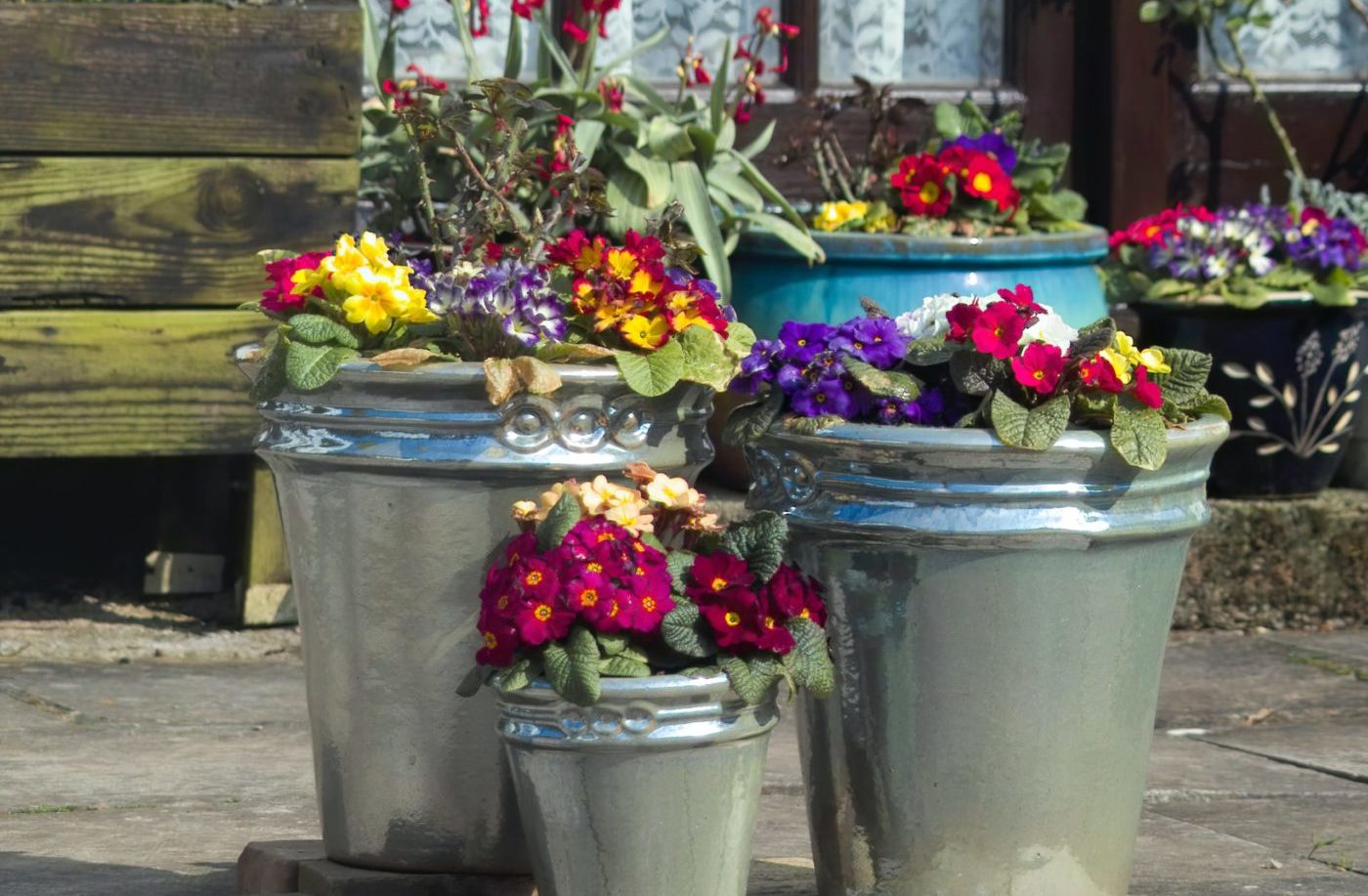
Now comes the fun part! Deciding what to grow in your container garden comes down to the plants’ needs matching up with their environment and the size of containers you choose.
Maybe you want to liven up your home with lots of lush, exotic plants this year. Certain plants like succulents, poinsettias, and parlor palms hold up well indoors. But, if you want to add even more color, flowers such as geranium, pansy, carnation, dwarfed zinnia, mums, dahlia, fuchsia, and gerbera daisy all grow well in pots.
Vegetables with high success rates are tomatoes, chilies, peppers, lettuce, leeks, fennel, radishes, pole beans, carrots, cucumber, and broccoli. And if you want to have a steady amount of fresh herbs on hand, these options thrive in containers – mint, basil, thyme, oregano, chives, coriander, dill, and chervil.
If you’re looking for more hands-on ideas for container gardening, then check out a couple of our recorded classes like Edible Container Gardening and Beautiful Container Gardens. You can also contact us at Lyngso. Our trained staff will help you with your planting needs.




